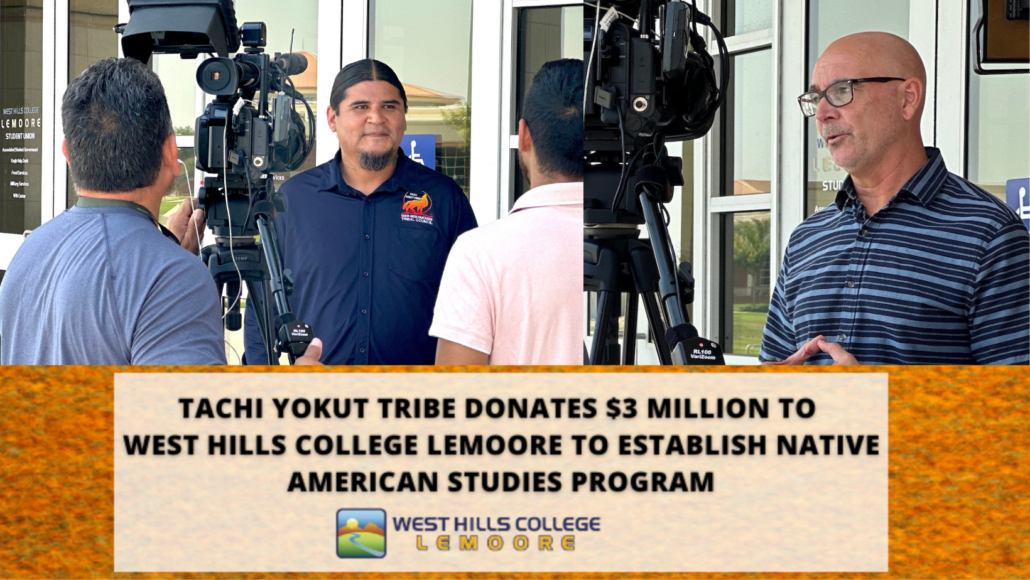NEWS RELEASE – CVHEC Math Task Force: Impactful legislation (AB 1705) Convenings Oct. 6 & 13
Impactful legislation is focus of CVHEC Math Task Force convenings
Valley math educators discuss AB 1705 with California Community Colleges, Dana Center
The Central Valley Higher Education Consortium Math Task Force will convene twice in October, virtually and in-person, to address issues surrounding California Assembly Bill 1705 requiring that California’s community colleges expand their efforts to enroll and support students in transfer-level math and English courses — a follow up to previous legislation (AB 705) that fundamentally reshaped placement and remediation at the community colleges.
The first session, “AB 1705 in the Central Valley” on Friday, Oct. 6, from 10 to 11:30 a.m., is a virtual-only event presented by CVHEC in partnership with the California Community College Chancellor’s Office.
Dr. Erik Cooper, CCC assistant vice chancellor for Data, Visualization and Research, will clarify areas of confusion regarding the bill and its implementation, Dr. Benjamín Durán, CVHEC executive director, announced today.
The second session, “AB1705 Student Success Workshop” on Friday, Oct. 13, from 9 a.m. to 3 p.m. hosted by CVHEC at the Fresno Doubletree Convention Center, is an in-person convening with the Charles A. Dana Center at the University of Texas at Austin exploring how to best support students within the framework of AB1705.
The 18-member CVHEC Math Task Force consists of math educators and administrators representing CVHEC’s 15 community college member institutions (total 28 CVHEC members with CSU, UC and private colleges in the nine-county region).
Central Valley Math faculty, chairs and deans are also invited and encouraged to attend, said Dr. Durán. (See registration information below).
Passed in 2022 for implementation July 1, 2024, AB 1705 expands the provisions established in AB 705 (2017) by explicitly requiring community colleges not only to place students directly into transfer-level English and math courses but also to ensure that students actually enroll in those courses.
The recent legislation also establishes that for students who need or desire extra academic support, community colleges shall provide access to such support. The new law clarifies that a community college can require students to enroll in additional concurrent support if it is determined that the support will increase the student’s likelihood of passing transfer-level English or math.
“Throughout California, there is varied understanding of the impacts of this assembly bill on college structures and on math educators,” said Dr. Durán. “Dr. Cooper will be available to clarify areas of confusion regarding the bill and its implementation.”
For that first CCCCO virtual session, participants are asked to review the AB1705 FAQ. Additional questions can be asked during the virtual session by emailing them to centralvalleyhec@gmail.com by Oct. 2. Dr. Cooper will answer these questions during the Oct. 6 meeting, Dr. Durán said.
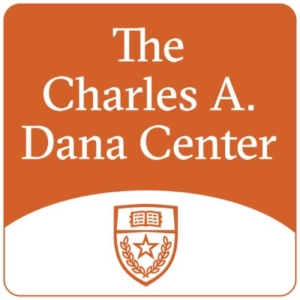 At CVHEC’s Oct. 13 in-person second session, representatives from the Dana Center will be present to facilitate the development of materials and strategies that promote student success in the quantitative reasoning, statistics and BSTEM pathways.
At CVHEC’s Oct. 13 in-person second session, representatives from the Dana Center will be present to facilitate the development of materials and strategies that promote student success in the quantitative reasoning, statistics and BSTEM pathways.
“Additionally, we will explore the skills and andragogy (pedagogy) needed for the modern calculus course,” Dr. Duran said.
For more information: Angel Ramirez, CVHEC finance and operations manager, angelr@mail.fresnostate.edu.
Registration for the free events is required:
- Virtual CVHEC/Dana Center AB1705 Webinar (with CCCCO ) registration (Oct. 6)
- In-person CVHEC Student Success Workshop registration (Oct. 13)
(Those unable to attend the Oct. 6 virtual meeting are asked to view the recording of that session prior to the Oct. 13 meeting. The recording link will be available Oct. 7 at the CVHEC website).
For media inquiries: Tom Uribes, 559.348.3278 (cvheccommunications@mail.fresnostate.edu)





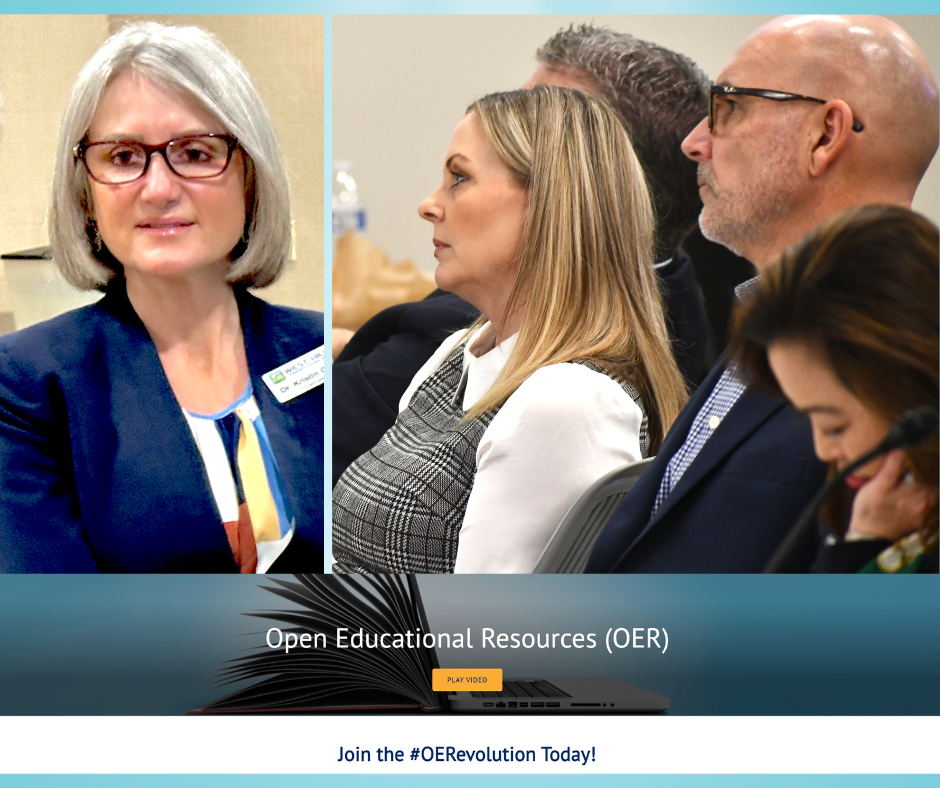
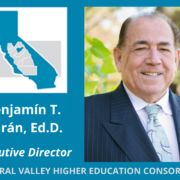
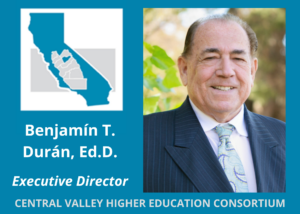 This funding will expand on
This funding will expand on 
